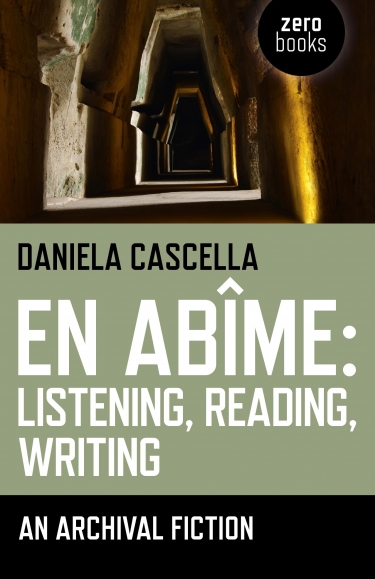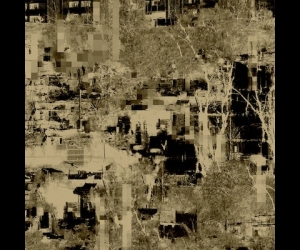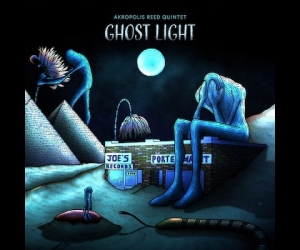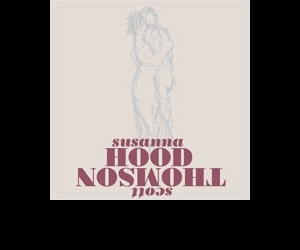
Daniela Cascella’s En Abîme is a fascinating consideration of the art of writing about sound—the process of listening and re-listening and responding to what one has heard. The result of a moment of crisis, when Cascella’s ten years of writing seemed to her to carry no real consistent shape or form, Cascella turned towards the silent abyss of words to reconsider them. The resulting book is shaped as a Sebaldian series of walks along via Appia in Rome, often ending with the author at or near the Protestant Cemetery in Rome. Antonio Gramsci’s ashes are kept here and from those ashes the story spirals out—Pasolini’s short film La ricotta; Giovanna Marini’s sung lament to Pasolini’s death; a recording, featuring Marini, of workers songs cherished by Cascella as a child and later re-heard when covered by the post-punk band, CCCP. All of these references become pathways to consider the way sound carries the past along with the present moment of listening.
Cascella wonderfully models how the act of listening for a writer also becomes the consideration of silences. She brilliantly weaves in deeply felt considerations of the music of Mika Vainio and Steve Roden, two artists whose work she has followed for a long time. Roden’s process, especially serves as a reversal of her own, often moving the silence of a text into the creation of a sonic piece. His work inspired her to write, “I began to write from the side of somebody who listens. Sound appeared as a perceptual asymptote for my words: they would tend constantly to it, they would be forever disjointed from it.”
En Abîme serves as a way for Cascella to regain her ability to write along the edges of sound, dipping into its resonances and pulling out detailed moments of inspiration and memory. It is an inspiring sound-memoir that models a way to listen to sound and write about its aftermaths.



